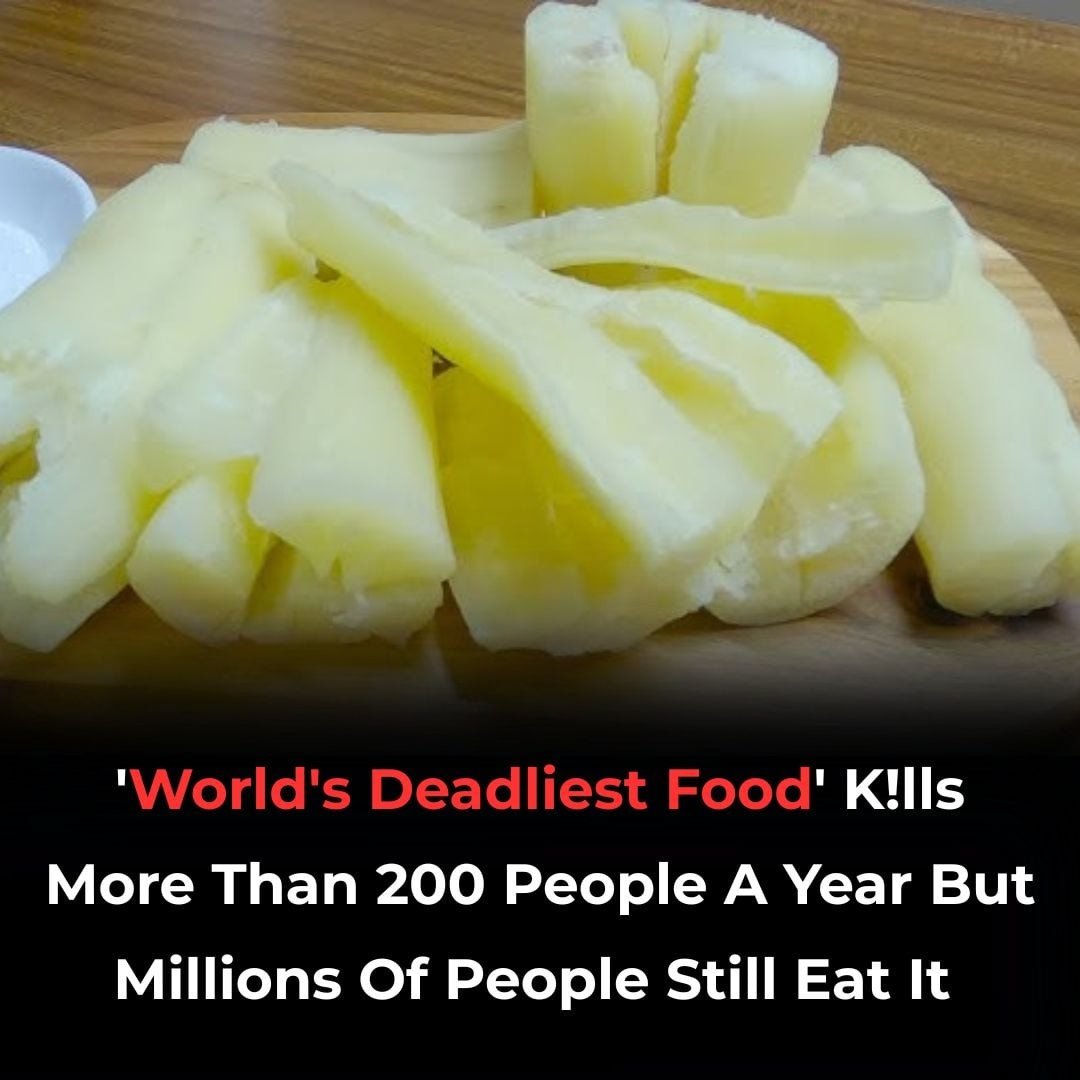
Cassava: The « World’s Deadliest Food » That Feeds Half a Billion
🦵 What is Konzo?
Konzo is a permanent, irreversible neurological disorder characterized by the sudden onset of paralysis in the legs. It is not a gradual decline but a « spastic paraparesis » that strikes abruptly. It is directly linked to:
High consumption of insufficiently processed bitter cassava.
A diet low in protein, which provides the sulfur needed to detoxify cyanide in the body.
It often appears in epidemics during droughts or famines when food is scarce, and people shortcut the lengthy preparation process.
Groceries
✅ How is Cassava Made Safe to Eat?
The key to making cassava safe is in the processing, which effectively breaks down and leaches out the cyanogenic compounds. Traditional methods are highly effective:
Peeling: Removing the peel, which has high toxin levels, is the first critical step.
Soaking / Fermenting: The peeled roots are soaked in water for 24-48 hours. This allows enzymes to break down the glucosides and the cyanide to dissolve into the water.
Drying / Pressing: Grating and sun-drying the cassava, or putting it through a press, further removes the toxic juices.
Thorough Cooking: Finally, methods like boiling, roasting, or frying destroy the remaining compounds and ensure the food is safe.
The golden rule: Never eat cassava raw.
💡 The Bottom Line
Cassava is a lifesaving crop that can be deadly. Its reputation as the « world’s deadliest food » is a testament not to an inherent flaw in the plant, but to the critical importance of traditional food knowledge and proper preparation.
For the millions who rely on it, understanding how to process cassava correctly is the difference between life and death, nourishment and paralysis. It serves as a powerful reminder that our relationship with food, especially traditional staples, is built on generations of learned wisdom.